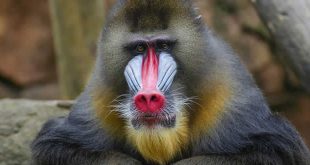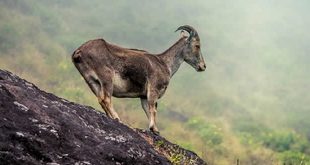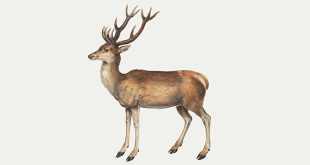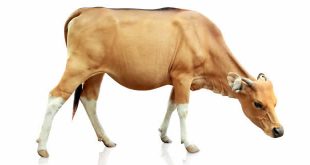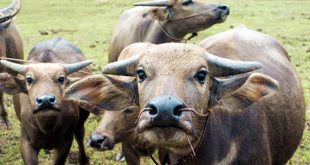 Galago — Galagos, also known as bushbabies, bush babies or nagapies (meaning “little night monkeys” in Afrikaans), are small, nocturnal primates native to continental Africa, and make up the family Galagidae. They are sometimes included as a subfamily within the Lorisidae or Loridae.
Galago — Galagos, also known as bushbabies, bush babies or nagapies (meaning “little night monkeys” in Afrikaans), are small, nocturnal primates native to continental Africa, and make up the family Galagidae. They are sometimes included as a subfamily within the Lorisidae or Loridae.
According to some accounts, the name bush baby comes from either from the animals’ cries, or their appearance. The South African Afrikaans name “nagapie” (little night monkey), comes from the fact that they are almost exclusively seen at night.
Galagos are agile leapers and run swiftly along branches. They have large eyes that give them good night vision, strong hind limbs, acute hearing, and long tails that help them balance. They have nails on most of their digits, except for the second toe of the hindfoot, which bears a ‘toilet’ claw for grooming. Their diet is a mixture of insects and other small animals, fruit, and tree gums. They have pectinate (“comb-like”) incisors, and the dental formula:
After a gestation period of 110-133 days, young galagos are born with half-closed eyes and are initially unable to move about independently. After a few days, the mother carries the infant in her mouth, and places it on branches while feeding.
Females maintain their territory but share them with their offspring. Males leave their mothers’ territories after puberty but females remain, forming social groups consisting of closely related females and their young. Adult males maintain separate territories, which overlap with those of the female social groups; generally, one adult male mates with all the females in an area. Males who have not established such territories sometimes form small bachelor groups.
While their keeping as pets is not advised (like many other non-human primates, they are considered likely sources of zoonoses, diseases that can cross species barriers) it is certainly done. Equally, they’re highly likely to attract attention from customs officials on importation into many countries. Reports from veterinary and zoological sources indicate captive lifetimes of 12 to 16.5 years, suggesting a natural lifetime of the order of a decade.
Galagos communicate both by calling to each other, and by marking their paths with urine. At the end of the night, group members use a special rallying call and gather to sleep in a nest made of leaves, a group of branches, or a hole in a tree.
There has been much recent study of the Galagonidae. Several new species have been discovered, and they are now grouped into three genera, with the two former members of the now defunct genus Galagoides returned to their original genus Galago.
 Kids Portal For Parents India Kids Network
Kids Portal For Parents India Kids Network
